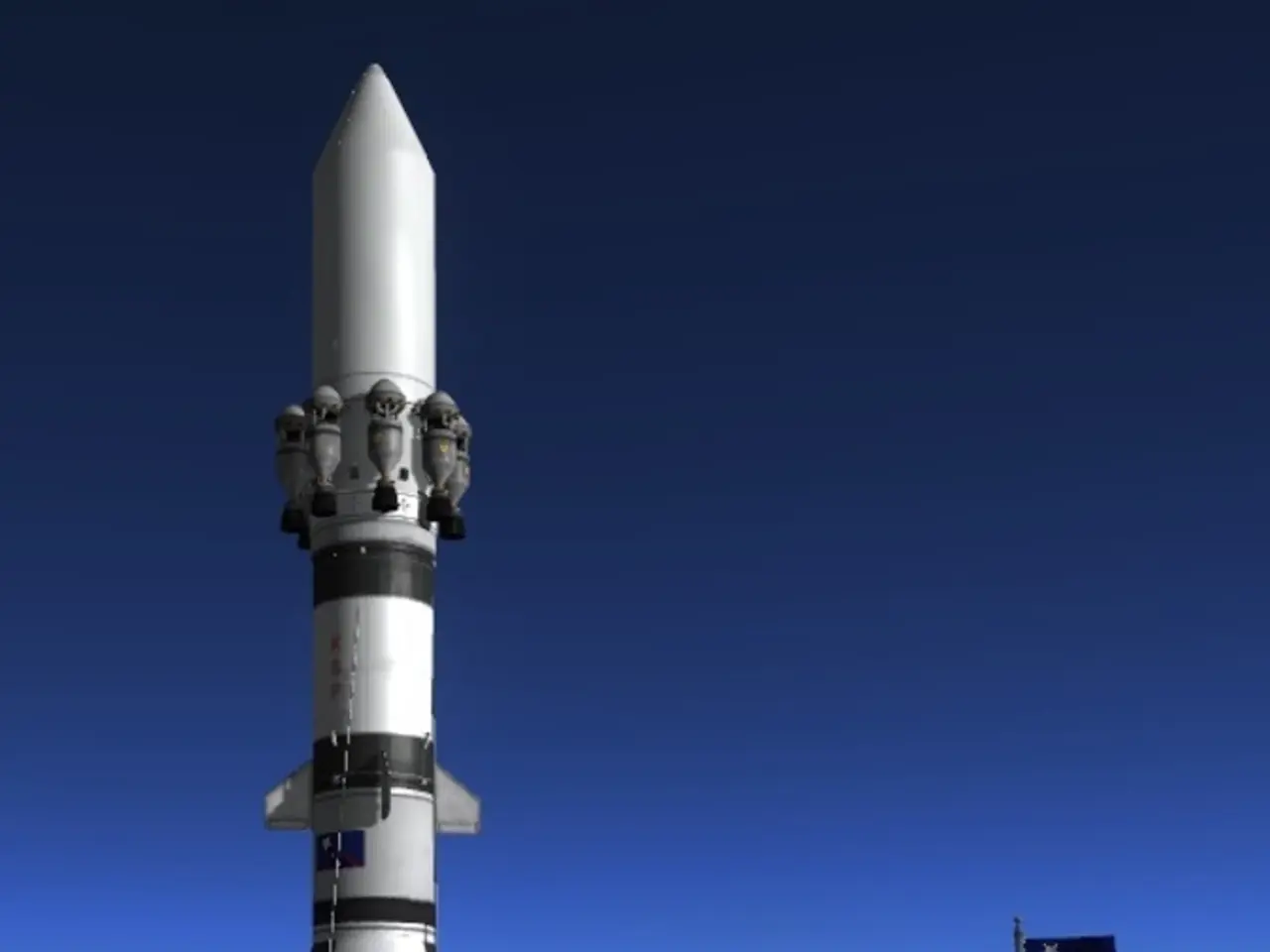Military tests reveal potential for B-21 bombers to engage in combat operations; Northrop Grumman given approval to increase production of these aircraft at Plant 42.
The U.S. Air Force and Northrop Grumman have announced plans to increase the production of B-21 Raider bombers, with the majority of the expansion taking place within Northrop Grumman's existing Palmdale, California campus (Plant 42). This move is supported by $4.5 billion allocated in the 2026 defense budget to increase manufacturing capacity.
The expansion at Plant 42 will leverage existing infrastructure originally used for B-2 bomber production in the 1990s, aiming for a stable and efficient production line without the need for entirely new facilities. This approach is intended to meet growing program demands while maintaining production efficiency.
In addition to the expansion at Plant 42, key Tier 1 supplier locations will also undergo expansions. While the Air Force has not detailed specific facility expansions, the known primary suppliers slated to increase production alongside Northrop Grumman include BAE Systems in Nashua, New Hampshire, Collins Aerospace in Cedar Rapids, Iowa, GKN Aerospace in St. Louis, Missouri, Janicki Industries in Sedro-Woolley, Washington, Spirit Aerosystems in Wichita, Kansas, and Pratt & Whitney (RTX division), the engine manufacturer.
This coordinated supplier expansion supports the planned increase towards producing at least 100 B-21 aircraft, a vital step towards replacing the aging B-1 and B-2 bombers and addressing emerging strategic threats.
At least two B-21 bombers will be flying in 2026, used for testing and quickly configurable for combat operations if necessary. Northrop Grumman's Tom Jones stated that increasing production capacity generally comes down to factory space, tooling, and supply chain. Changing the defense industry's contracts to allow for surge production capacity could expand production capacity, according to Jones.
However, the Air Force and Northrop Grumman have not specified which "Tier 1" suppliers will also expand production. The Air Force did not disclose specific expansion details for the increased B-21 production capacity. Additionally, Northrop Grumman took a $477 million charge on the B-21 program to cover a "process change" in production to cover "a higher production rate."
The B-21 Raider is planned to replace the B-2 and B-1 in the early 2030s. Both the Air Force and the Congress's Reconciliation bill for 2026 include funding for a B-21 production increase. Ellsworth Air Force Base, S.D., is planned to be the B-21's first operational base and schoolhouse. The Air Force is committed to the successful fielding of the B-21 and is investing in the infrastructure necessary to support an increased yearly production capacity.
Whether the first two B-21s constitute initial operational capability is still unclear. The Air Force's target for B-21 production is at least 100 aircraft. The 2026 budget request for the B-21 totals $10.3 billion, with $4.5 billion earmarked for expanded manufacturing. The Air Force's next-generation bomber, the B-2 Raider, is planned for production expansion in the service's fiscal 2026 budget.
However, the Air Force Chief of Staff, Gen. David W. Goldfein, may not be in favor of sharply accelerating the B-21 buy. The Air Force did not specify when it expects to correct the errors in the B-21 budget documents.
In conclusion, the U.S. Air Force and Northrop Grumman are working to increase the production of B-21 Raider bombers, with the majority of the expansion taking place within Northrop Grumman's existing Palmdale, California campus. This move is supported by $4.5 billion allocated in the 2026 defense budget to increase manufacturing capacity. Key Tier 1 supplier locations will also undergo expansions, with several suppliers identified in 2016. The coordinated expansion supports the planned increase towards producing at least 100 B-21 aircraft.
- The Air Force and Northrop Grumman are planning to boost the production of B-21 Raider bombers, with the primary expansion occurring at Northrop Grumman's Palmdale, California campus.
- Key Tier 1 suppliers, including BAE Systems, Collins Aerospace, GKN Aerospace, Janicki Industries, Spirit Aerosystems, and Pratt & Whitney, will also expand their production facilities to support the increased B-21 production.
- Northrop Grumman's Tom Jones mentioned that increasing production capacity largely relies on factory space, tooling, and the supply chain, suggesting potential changes in contracts to allow for surge production capacity.
- The U.S. Air Force and the Congress's Reconciliation bill for 2026 have included funding for a B-21 production increase, aiming to replace aging B-1 and B-2 bombers and address emerging strategic threats.
- The 2026 defense budget has allocated $4.5 billion to support the increase in manufacturing capacity for the B-21 Raider bombers, a crucial step towards the Air Force's target of producing at least 100 B-21 aircraft.




